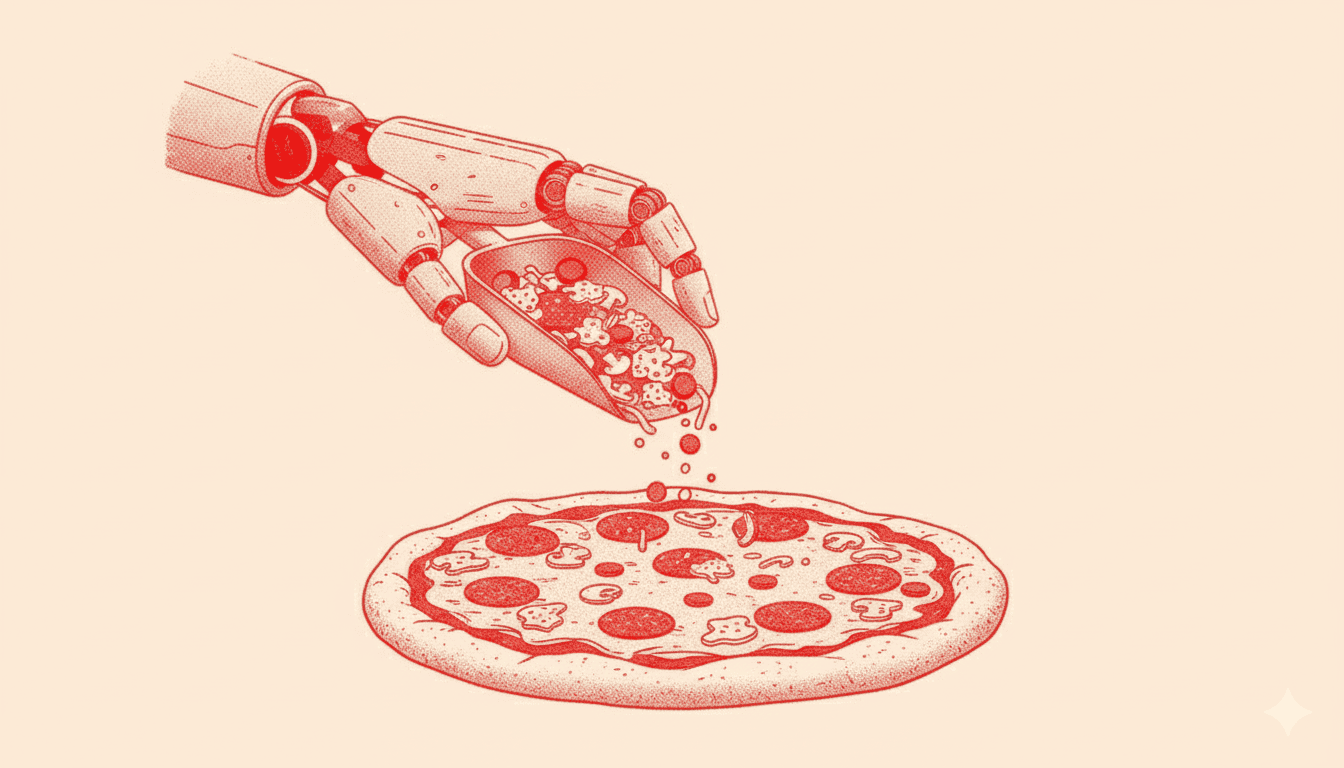A curious looseness has characterised the agentic shift toward AI.
A ChatGPT tab here. A Midjourney test there. Suspicious em dashes in the company LinkedIn posts.
They have, in a term, sprawled usage.
An observation to this effect appears in McKinsey’s latest report on AI deployment: a paradox that, despite widespread adoption and enthusiasm, this technology has yet to deliver a significant impact at scale for most organisations.
Heralds of the job-pocalypse may yet take comfort in the slow, subtle, more negotiable pace of the AI shift, and rightly so. If you look around, AI is proving less a sinkhole, and more a steady reshape of the terrain.
So why are businesses struggling to scale the summit?
AI is being bolted on rather than built in, and adopters are feeling their expectations deflate.
Statistics confirm such impressions: of the 78% of companies that report using generative AI, nearly 80% have seen no material impact.
The report chalks up the effectiveness of implementation to a distinction between horizontal and vertical usage - the former being scattered, exploratory use across functions; the latter, integrated AI with defined roles, embedded in core processes.
Put simply, horizontal use is spread out, vertical use is baked in.
Businesses aren’t seeing the real value because they’re not changing their posture - giving AI ownership of defined tasks, letting it under the hood, or redesigning how they work. They’re layering AI on top of legacy workflows and drumming their fingers at the glacial pace of progress.
It’s jam on stale toast.
Only when AI stops being a topping and starts becoming part of the recipe, McKinsey posits, will its value hit us.
For a blueprint that cuts through the hype, Seizing the Agentic AI Advantage is worth a read. Start there, and don’t stop.




